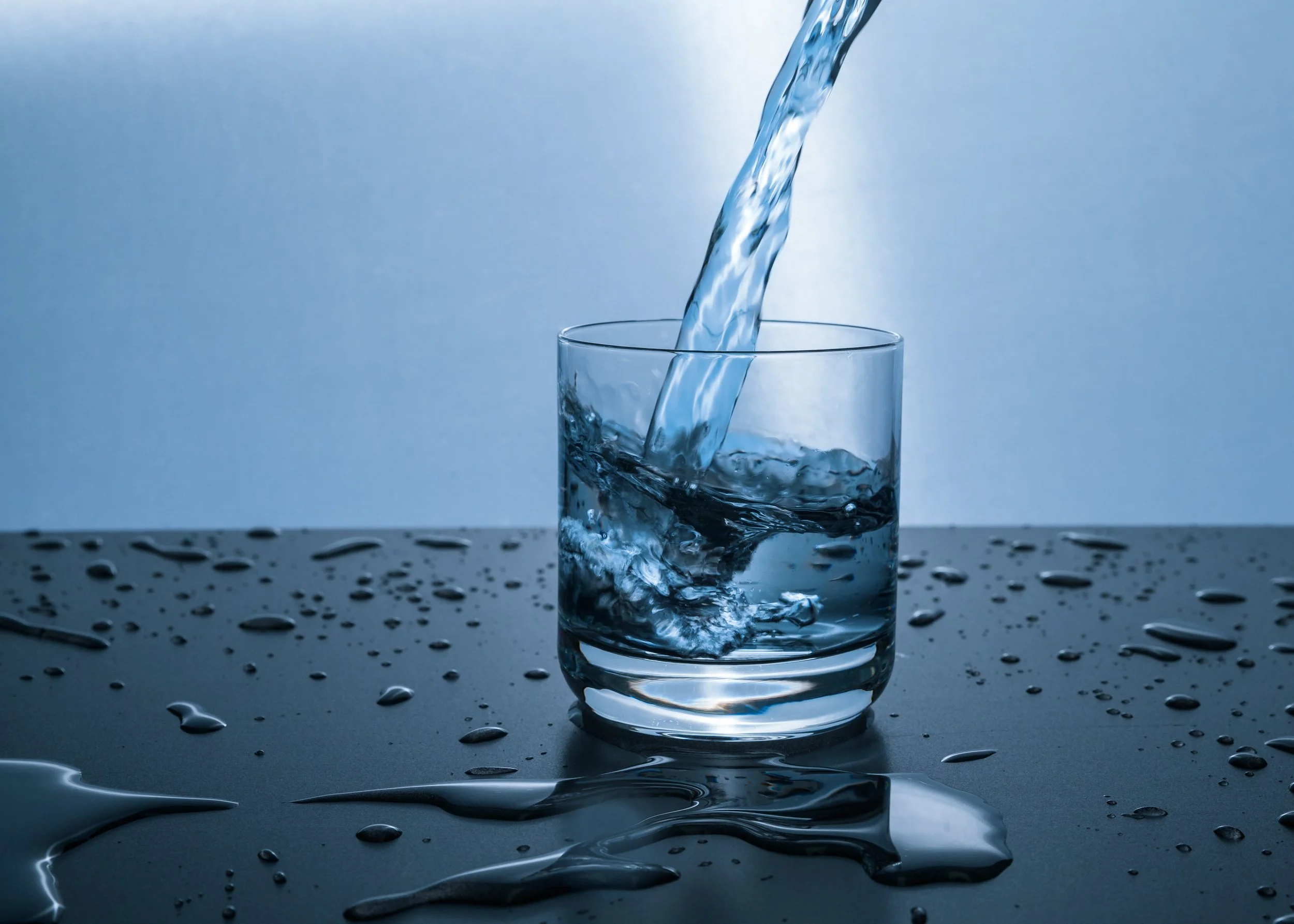Reverse Osmosis Filtration Systems for the Home
If you need the most precise home filtration system, consider investing in a cost-effective reverse osmosis system. Reverse osmosis (RO) uses pressure to force water molecules through a semi-permeable reverse osmosis membrane. This requires a greater amount of water pressure than a home can typically offer, but pumps are available that increase water pressure in the filter system.
Large scale RO systems are used in many bottled water plants, which is a testament to their effectiveness. This type of water treatment filters over 99% of undesirable material from drinking water, including ionized salts, arsenic, chromium, copper, cysts, fluoride, and total dissolved solids (TDS). Exact reduction of mineral contaminants depends on water chemistry and pressure, but can be as high as 99.8%!
How do RO Systems Work?
It would take too long if we went into specifics, but home water reverse osmosis takes place in 4 stages. The first is the pre sediment filter, which cleans the water of any large sediment particles, such as dirt, dust, and rust. The second stage is the pre carbon filter, which reduces the number of volatile organic chemicals (VOCs), which could impact the taste or odor of tap water. This stage also reduces chlorine content, another substance with a noticeable taste.
The third stage of RO filtration is the semi-permeable membrane itself, which rejects up to 98% of TDS present in the water. The actual water purification takes place here, with drain water being removed at this stage. The fourth and final stage of the RO system is a post carbon filter, which removes any organic debris still present in the water. After water passes through this section, it is almost 100% pure and ready to be drunk.
Where do Contaminants Go?
Reverse osmosis membranes are self-cleaning, unlike traditional filters. Instead of becoming clogged with debris, RO systems send this junk down a separate stream. This stream contains salts, dissolved pollutants, and minerals that have been filtered out. This pollutant stream is sent down the drain, which means those particles do not clog the membrane.
One concern that is often brought up is the fact that some water is wasted. It is true that a small fraction of water pumped into the RO system will end up transporting contaminants to the drain. However, this is such a small percentage of the total amount of water, it hardly makes any difference in cost. If you install a permeate pump with the RO system, the amount of rejected water can be reduced by 80%!

